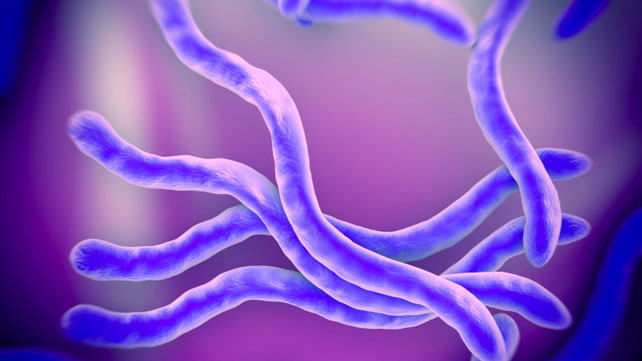A Living Vaccine

Graphic Representation Several Lyme Bacteria (Source: Healthline)
Lyme Disease
The Lyme Bacterium is a spiral shaped bacterium which is transferred through black-legged ticks' bites. Ticks are not the only species
that may carry this bacterium; other worms such as nematodes, parasitic worms, and others have recently been seen to carry the disease's symbolic bacterium. The disease
has been known to cause various rashes in its initial stage, however if it goes untreated these symptoms could manifest into skin inflammation, joint issues, inteference
with the nervous system, and in later stages, organs. It is crucial that lyme disease be treated effectively as cases of the disease in our county of Loudoun have been reported
and we want to contribute to this research with our project.
The TROSPA
The TROSPA stands for Tick Receptor for OspA (Outer Surface Protein A). This surface protein is used by the lyme bacteria to latch onto the tick and stay width
the tick until it is transfected into another organism. The TROSPA region is situated in the tick of the gut, and anything with OspA can bind to that region and stay inside the tick
until the tick chooses to get rid of it. In the case of lyme disease, lyme bacteria will have OspA on their surface and will associate with the TROSPA. When the tick bites, the lyme is injected into the target and the target is infected.


Our Work
Our project involves engineering DH5α (E. coli) cells to carry the proteins OspA and Wolbachia Surface Protein (WSP). These cells will be injected into the the gut of the tick.
With this construct, the cells should be able to bind to the TROSPA region of the tick's gut and outcompete the lyme bacteria. Once the TROSPA region is occupied, the lyme bacteria will not have anywhere to bind to, so it should be flushed
out of the tick's system.